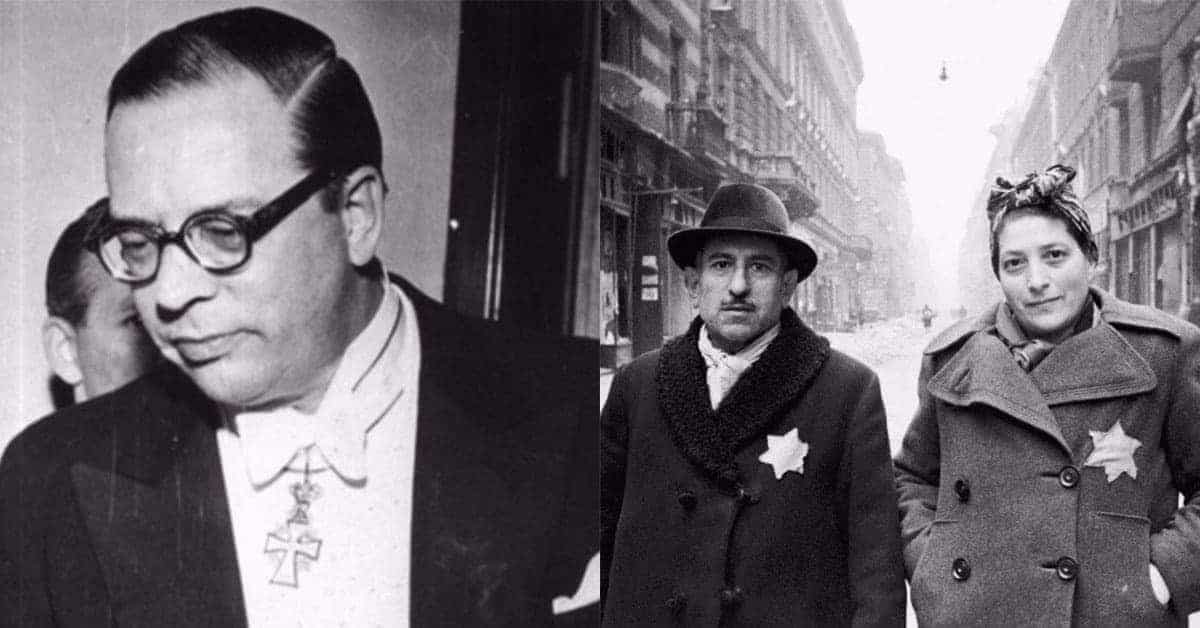World War II is laden with unsung heroes, and Georg Ferdinand Duckwitz certainly falls into that category. While the remarkable deeds of people like Oskar Schindler are well known, Duckwitz’s role in saving 7,000 Jews in Denmark is less so. He was one of those brave Germans that looked to damage the Nazi Party’s plans from within and risked his own life out of a desire to do the right thing.
A Brief History of Jews in Denmark
Denmark’s Jewish community was formed towards the end of the seventeenth century which makes it one of Europe’s most recent. Denmark’s monarchy invited Jewish merchants and financiers to help boost the economy. The majority of those that accepted the invite were Sephardic Jews, people that had been expelled from the Iberian Peninsula in the late 15th century.
It was by no means a mass exodus; there were only 1,700 Jews in Denmark in the middle of the eighteenth century for example. Jewish residents were granted full emancipation and citizenship in 1849, and as a result, the community grew in size and prospered. By the 1930s, there were over 6,000 Jews in Denmark. The nation’s Jewish population was a sign of Denmark’s desire to integrate, but the outbreak of World War II threatened the peaceful relations that had built up between Jews and non-Jews.

Nazi forces occupied Denmark in April 1940 and remained in the country until the end of the war. Initially, at least, the Nazis were willing to cooperate with the Danish government, so the Danes retained some control over their nation. Danish citizens were allowed to conduct their daily business, and in return, the Danish government allowed Nazi soldiers to come and go as they pleased; they also supplied them with produce. As a result, the Danes were able to avoid enacting anti-Jewish laws for a few years.
The Deportation Threat
By early 1943, it was apparent that the Nazis were suffering huge casualties. The Danish resistance seized the opportunity to increase its anti-German strikes and sabotage as it was convinced that the Nazis would soon be defeated. The Danish government refused to comply with German demands to institute curfews for Jews, so the Nazis ended their liberal approach and made plans to deport Jews to concentration camps.
Dr. Werner Best, the Reich’s representative for occupied Denmark, sought to implement the Final Solution in the nation. There were approximately 7,800 Jews in the country, and they seemed destined to meet the same terrible fate of the Jews that Best had deported from France and Poland.
However, the Danish Jews had a powerful ally who was willing to risk his life to ensure they found sanctuary in Sweden. Georg Ferdinand Duckwitz was a German diplomat who had lived in Denmark since the 1930s. While he was a member of the Nazi Party in its early days, he grew disillusioned once he learned about its violent intentions. Clearly, he hid his distaste for the regime well because he was given the task of overseeing shipping between Germany and Denmark during the war. Duchwitz used his position to save thousands of people by bravely putting himself at risk.

